Ask Ethan: Why don’t we shoot Earth’s garbage into the Sun?
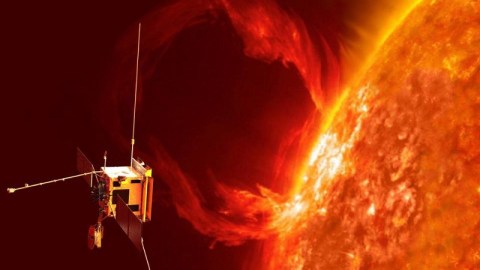
If the waste we have is so hazardous, and we have the capability, why don’t we hurl it all into the Sun?
“There will be peace when the people of the world, want it so badly, that their governments will have no choice but to give it to them. I just wish you could all see the Earth the way that I see it. Because when you really look at it, it’s just one world.” –Superman
For tens of thousands of years, humanity barely had an impact on our planet and our environment. With only a few million of us across the world, even the largest fires, wars and waste produced in cities could do no more than poison a tiny portion of our world for a very short amount of time. But as our numbers and our technological capabilities have grown, so has our ability to damage and destroy our biosphere. With more than 7 billion of us now, managing our environment has never been more difficult, or more important. Now that we’re a spacefaring civilization, couldn’t we send our most dangerous, long-term pollutants — nuclear by-products, hazardous waste non-biodegradable plastics, etc. — into the Sun? That’s what Roger Carlson wants to know:
I’ve argued for years with people that sending radioactive waste or space junk into the Sun would be hugely expensive and just not feasible. In my layman’s understanding of orbital mechanics, I know we would have to accelerate it out of Earth orbit, and then slow it down in order to have it “fall into the Sun” […] I know it can be done because we’ve sent probes to Venus, but I just can’t visualize it. Can you help?
First off, it absolutely is physically possible. But the question of whether we can is not the same as the question of whether we should. Let’s start by going over what it takes to make such an endeavor possible.
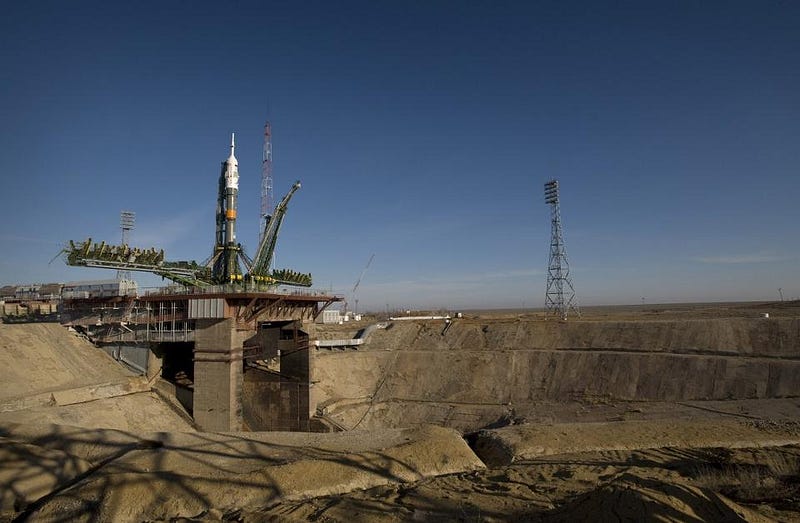
The reason we don’t fall off the Earth, or simply find ourselves ejected into space, is because of the Earth’s gravitational pull on us at our distance from the Earth’s center. In particular, there’s a certain amount of energy keeping us bound to our world (gravitational potential energy), and there are two important milestone speeds that we can calculate for where we are: the stable circular orbit speed for our distance from Earth’s center, which would keep us orbiting Earth without ever touching the ground, and the escape velocity at our location, which would enable us to escape Earth’s gravitational pull completely, and head out into interplanetary space. For Earth, we’d have to move at about 7.9 km/s (17,700 mph) to attain orbit and at about 11.2 km/s (25,000 mph) to escape from Earth’s gravity. By comparison, our planet only rotates at about 0.47 km/s (1,000 mph) at the equator, so we’re in no danger of escaping.
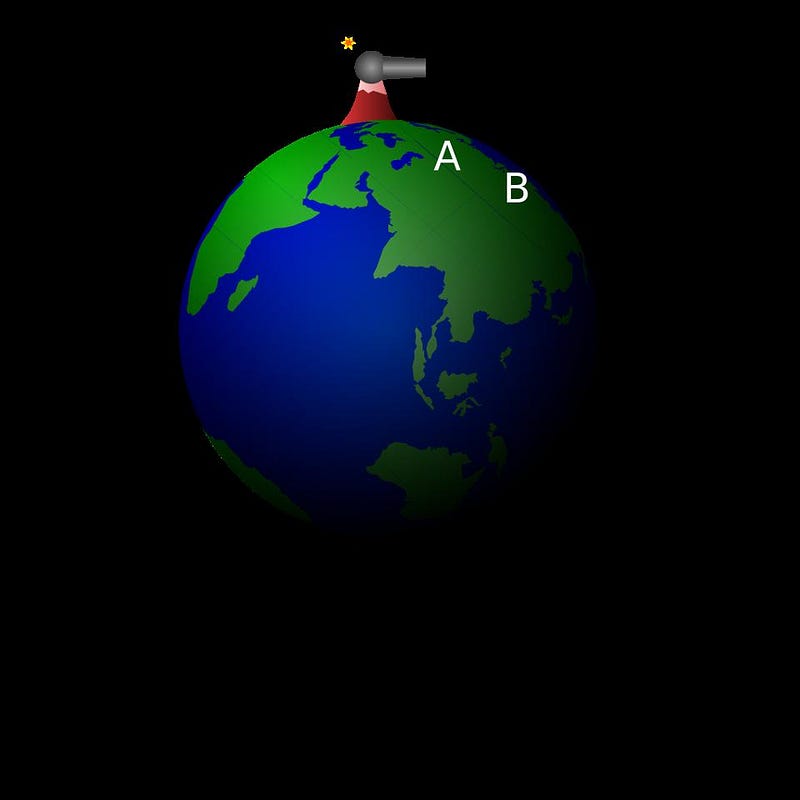
So to get a rocket into Earth’s orbit, we’ve got to put as much energy into it as it would take to accelerate a spacecraft to that speed, and that’s an awfully large cost. Still, humanity has been doing it since the 1950s, and once you get up there, you’ll find something remarkable that you probably knew all along: you’re part of a system orbiting the Sun at a colossal speed. Earth moves around the Sun at approximately 30 km/s (67,000 mph), and so anything you launch into Earth’s orbit also revolves around the Sun at approximately that speed. If you want to launch something into the Sun, you have to find a way to lose 30 km/s of speed. On the other hand, we’re already 150 million km (93 million miles) away from the Sun. If we wanted to escape from the Solar System completely, we’d only have to gain another 12 km/s of speed (for a total of 42 km/s) to get out of here!
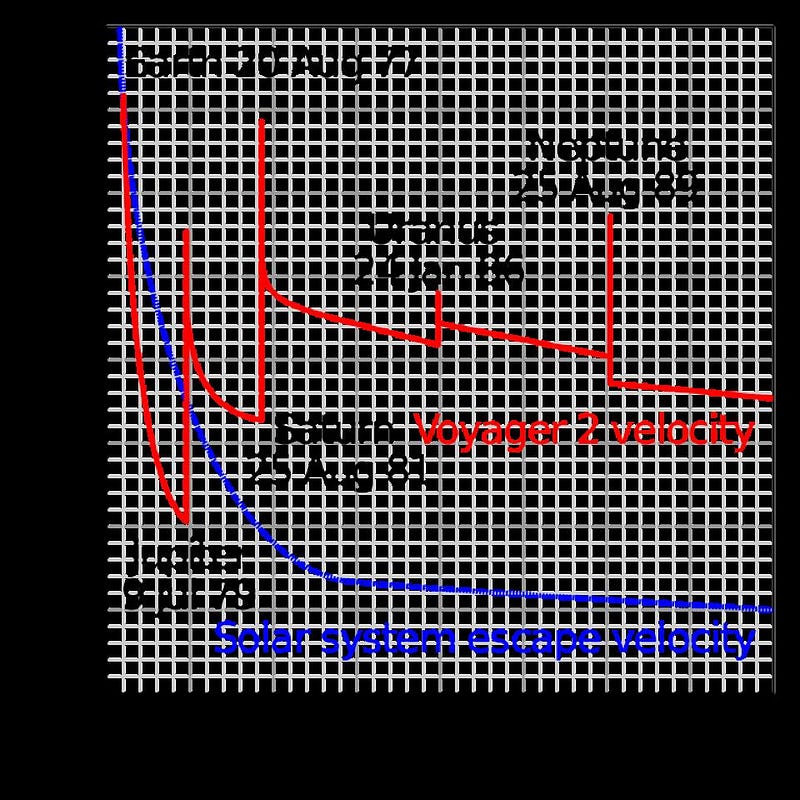
Because it takes so much energy and thrust to get into space in the first place, we try and let the Universe do as much of the work for us as possible. And that means taking advantage of something called a gravity assist — taking advantage of the gravitational properties of a planet — if we want to reach either an inner or an outer world. Since planets orbit the Sun, we have two gravitationally important bodies at play; the spacecraft we’re looking at is the third. There are two ways a spacecraft can take advantage of a gravity assist:
- To fly the spacecraft so that it comes from behind a planet, flies in front of it, and gets gravitationally sling-shotted back behind the planet again.
- To fly the spacecraft so that it comes from ahead of a planet’s orbit, flies behind it, and gets gravitationally sling-shotted back in front of the planet again.
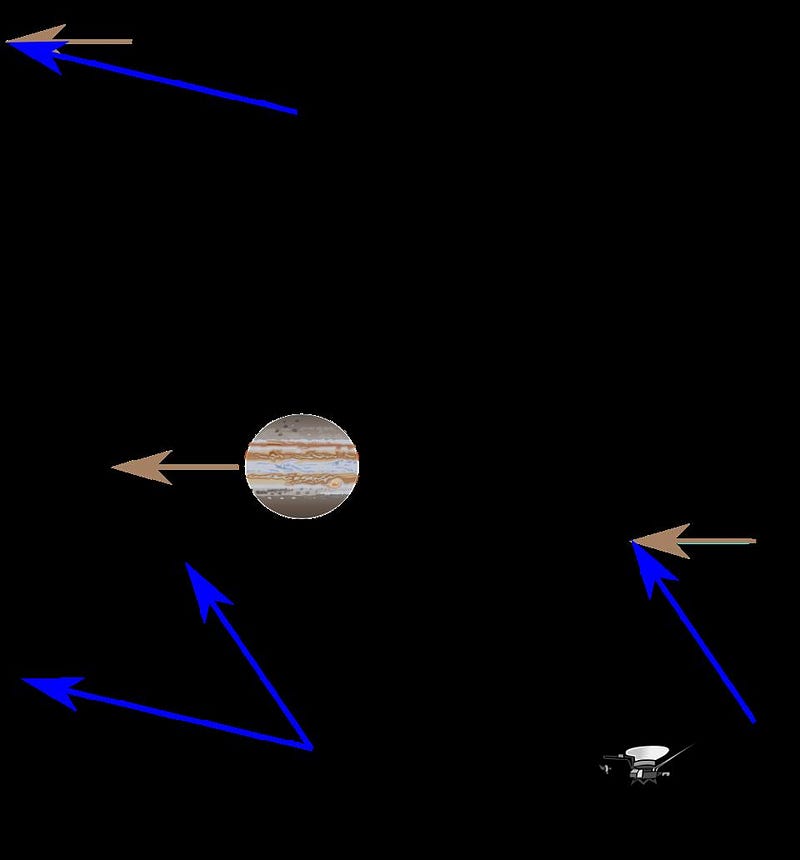
The way gravitational interactions work is that in the first case, the planet tugs on the spacecraft and the spacecraft tugs on the planet in such a way that the planet winds up gaining a little bit of speed with respect to the Sun, becoming slightly more loosely bound, while the spacecraft loses quite a bit of speed (thanks to its much smaller mass), and becomes more tightly bound: transferring to a lower-energy orbit. The second case works the opposite way: the planet loses a little speed and becomes more tightly bound, while the spacecraft gains quite a lot of speed and transfers to a higher-energy orbit.
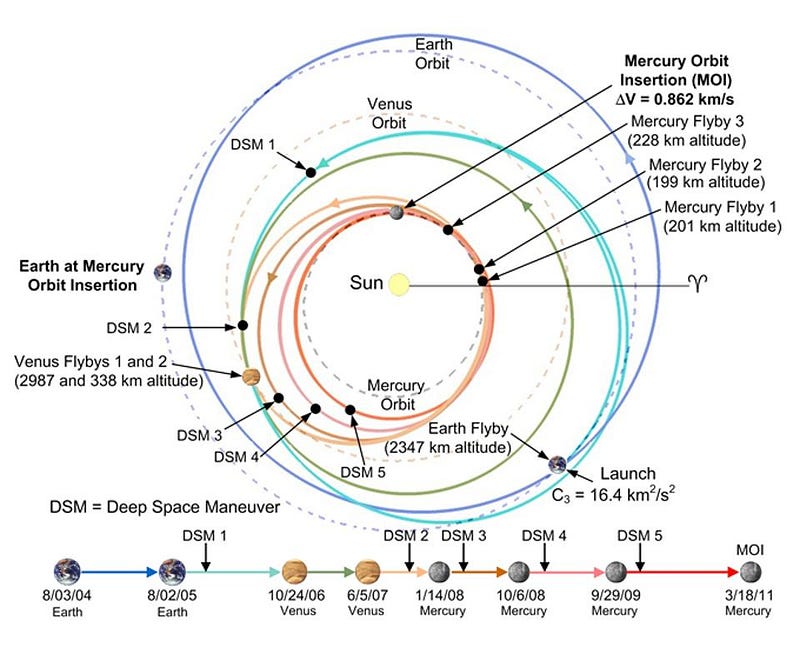
The first scenario is how we visit the innermost Solar System: Venus, Mercury or even the Sun itself, while the second is how we reach the outermost parts of the Solar System, including how New Horizons reached Pluto and how the Voyager probes left the Solar System entirely!
So it’s feasible to shoot our garbage into the Sun. But it’s also an idea with a huge number of drawbacks:
- Launch failure possibilities.
- It’s incredibly expensive to do.
- And it would be easier to shoot it out of the Solar System than into the Sun.
The Soyuz space launch system is the most successful of all-time, with a 97% success rate after more than 1,000 launches. Yet even a 2% or 3% rate of failure could be catastrophic when it comes to loading up a rocket with all the dangerous waste you want to launch off of your planet. Imagine that waste spread into the oceans, into the atmosphere, onto populated soil, or into commercial, industrial or residential neighborhoods. There’s no situation where this ends well for humanity.
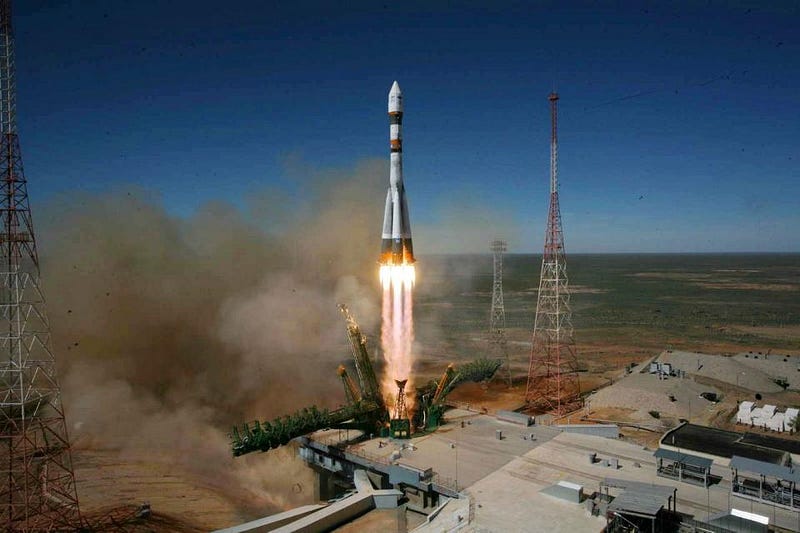
The largest payload capacity of a Soyuz rocket is about 7 tons. Let’s just say we want to get rid of all the nuclear waste we have. The United States is presently storing about 60,000 tons of high-level waste, and we have about a quarter of the world’s nuclear power plants. So that’s approximately 34,000 rockets’ worth of nuclear waste, where even a cheap rocket launch costs around 100 million dollars. Even if we can get our failure rate down to an unrealistic 0.1%, that means approximately 34 rockets — or about half a million pounds’ worth of waste — is going to be redistributed randomly across the Earth, and released into the environment.
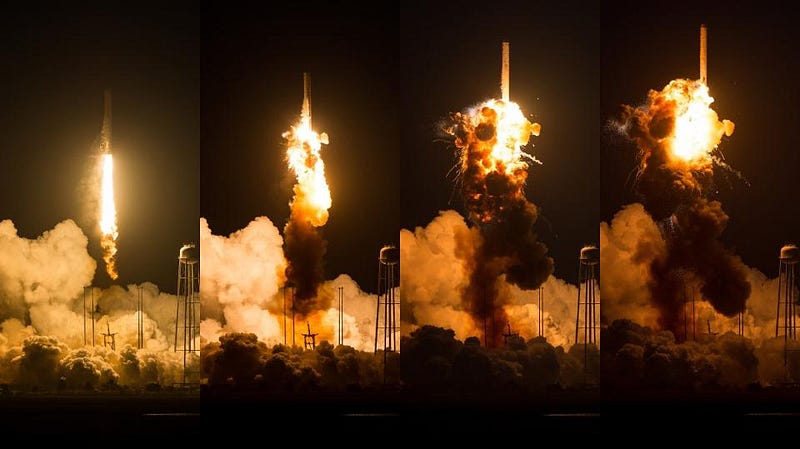
Perhaps when we have a reliable, working space elevator, this might be an option worth exploring. But until then, the cost and the near-certainty of eventual catastrophe means that shooting our garbage into the Sun is best left in the realm of science fiction. We’re going to have to figure our own way out of the messes we make here.
This post first appeared at Forbes, and is brought to you ad-free by our Patreon supporters. Comment on our forum, & buy our first book: Beyond The Galaxy!





